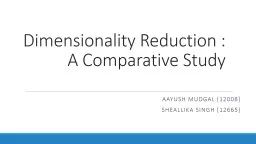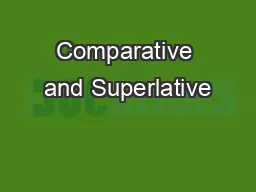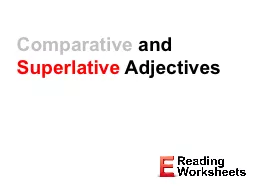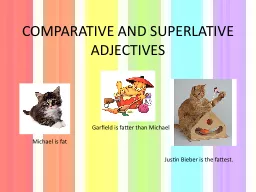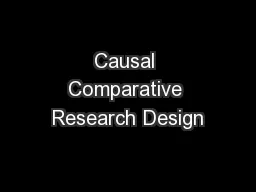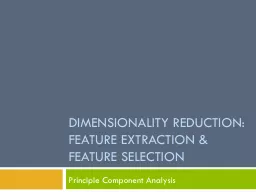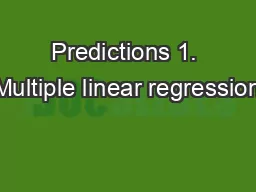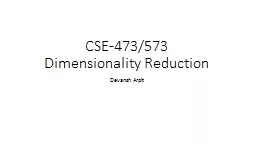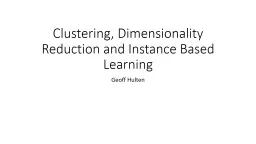PPT-Dimensionality Reduction : A Comparative Study
Author : danika-pritchard | Published Date : 2018-09-30
Aayush Mudgal 12008 Sheallika Singh 12665 What is Dimensionality Reduction Mapping of data to lower dimension such that uninformative variance is discarded
Presentation Embed Code
Download Presentation
Download Presentation The PPT/PDF document "Dimensionality Reduction : A Comparative..." is the property of its rightful owner. Permission is granted to download and print the materials on this website for personal, non-commercial use only, and to display it on your personal computer provided you do not modify the materials and that you retain all copyright notices contained in the materials. By downloading content from our website, you accept the terms of this agreement.
Dimensionality Reduction : A Comparative Study: Transcript
Download Rules Of Document
"Dimensionality Reduction : A Comparative Study"The content belongs to its owner. You may download and print it for personal use, without modification, and keep all copyright notices. By downloading, you agree to these terms.
Related Documents

